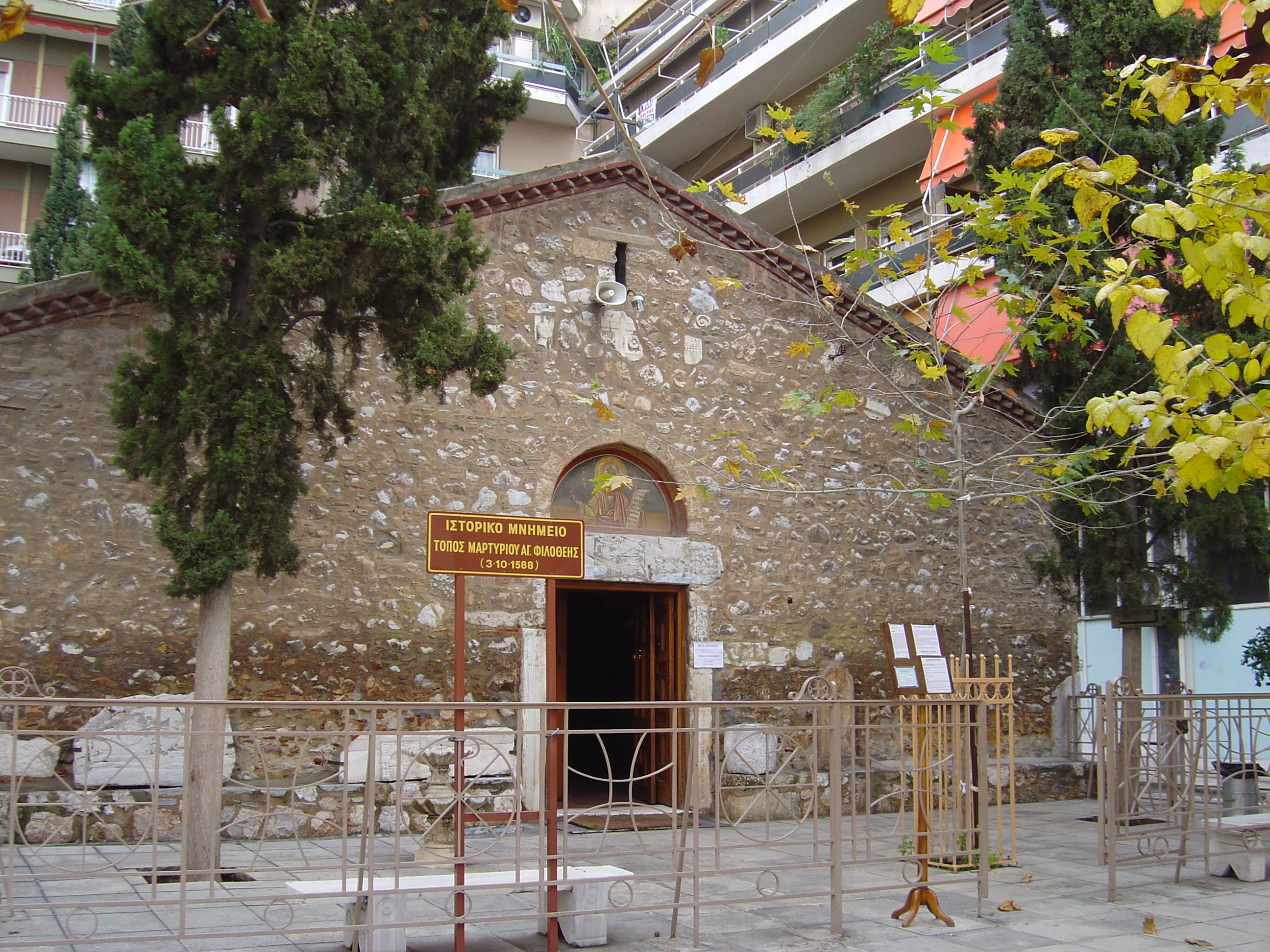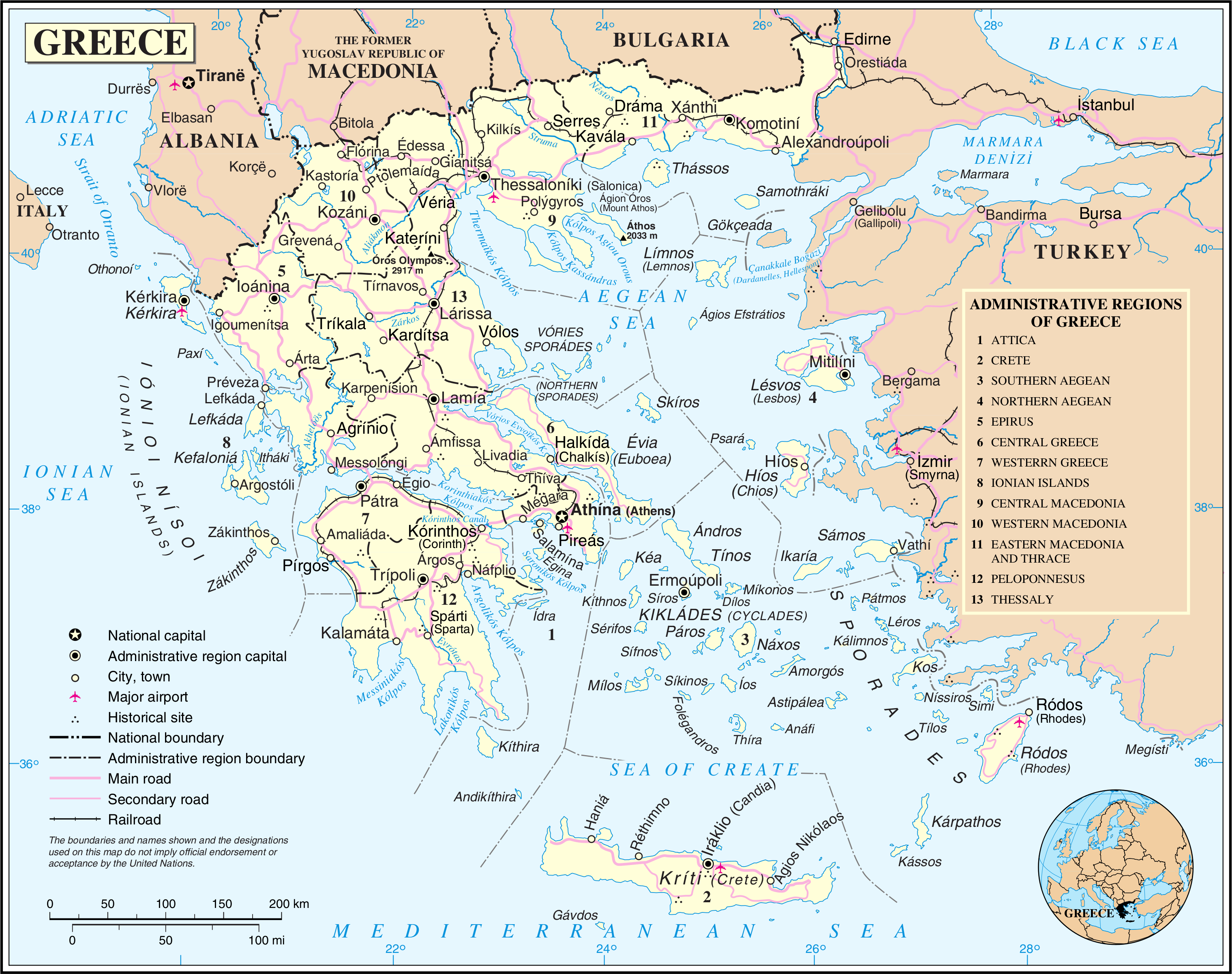|
Kato Patisia
Patisia or Patissia ( el, Πατήσια) is a neighbourhood of central Athens, Greece. It is split in two neighbourhoods: ''Ano Patisia'' (upper Patisia) and ''Kato Patisia'' (lower Patisia). The main streets of Patisia are Patision Av. and Acharnon Av. Ano Patisia Ano Patisia is the northern, upper part of Patisia. It is a served by the Ano Patisia station of the Athens metro. Near the station there are many businesses and shops, as well as one of the largest private schools in Greece, Lycée Léonin. Further from the train station, there are the premises of Titan Cement, a Greek cement company, as well as buildings of many automotive companies. Ano Patisia has pharmacies and a hospital, the Geniko Nosokomeio Patision. Development in Ano Patisia began in the 1870s. The Scuola Italiana Statale di Atene, an Italian international school, is in Ano Patisia. [...More Info...] [...Related Items...] OR: [Wikipedia] [Google] [Baidu] |
Greece
Greece,, or , romanized: ', officially the Hellenic Republic, is a country in Southeast Europe. It is situated on the southern tip of the Balkans, and is located at the crossroads of Europe, Asia, and Africa. Greece shares land borders with Albania to the northwest, North Macedonia and Bulgaria to the north, and Turkey to the northeast. The Aegean Sea lies to the east of the Geography of Greece, mainland, the Ionian Sea to the west, and the Sea of Crete and the Mediterranean Sea to the south. Greece has the longest coastline on the Mediterranean Basin, featuring List of islands of Greece, thousands of islands. The country consists of nine Geographic regions of Greece, traditional geographic regions, and has a population of approximately 10.4 million. Athens is the nation's capital and List of cities and towns in Greece, largest city, followed by Thessaloniki and Patras. Greece is considered the cradle of Western culture, Western civilization, being the birthplace of Athenian ... [...More Info...] [...Related Items...] OR: [Wikipedia] [Google] [Baidu] |
Modern Regions Of Greece
The regions of Greece ( el, περιφέρειες, translit=periféries) are the country's thirteen first-level administrative entities, each comprising several second-level units, originally known as prefectures and, since 2011, as regional units. History The current regions were established in July 1986 (the presidential decree officially establishing them was signed in 1987), by decision of the interior minister, Menios Koutsogiorgas, as second-level administrative entities, complementing the prefectures (Law 1622/1986). Ν.1622/86 "Τοπική Αυτοδιοίκηση - Περιφερειακή Ανάπτυξη - Δημοκρατικός Προγραμματισμός", (ΦΕΚ 92/τ.Α΄/14-7-1986) Before 1986, there was a traditional division into broad historical–geographical regions (γεωγραφικά διαμερίσματα), which, however, was often arbitrary; not all of the pre-1986 traditional historical-geographic regions had official administrative bodie ... [...More Info...] [...Related Items...] OR: [Wikipedia] [Google] [Baidu] |
Attica
Attica ( el, Αττική, Ancient Greek ''Attikḗ'' or , or ), or the Attic Peninsula, is a historical region that encompasses the city of Athens, the capital of Greece and its countryside. It is a peninsula projecting into the Aegean Sea, bordering on Boeotia to the north and Megaris to the west. The southern tip of the peninsula, known as Laurion, was an important mining region. The history of Attica is tightly linked with that of Athens, and specifically the Golden Age of Athens during the classical period. Ancient Attica ( Athens city-state) was divided into demoi or municipalities from the reform of Cleisthenes in 508/7 BC, grouped into three zones: urban (''astu'') in the region of Athens main city and Piraeus (port of Athens), coastal (''paralia'') along the coastline and inland (''mesogeia'') in the interior. The modern administrative region of Attica is more extensive than the historical region and includes Megaris as part of the regional unit West Attica, ... [...More Info...] [...Related Items...] OR: [Wikipedia] [Google] [Baidu] |
Athens
Athens ( ; el, Αθήνα, Athína ; grc, Ἀθῆναι, Athênai (pl.) ) is both the capital and largest city of Greece. With a population close to four million, it is also the seventh largest city in the European Union. Athens dominates and is the capital of the Attica region and is one of the world's oldest cities, with its recorded history spanning over 3,400 years and its earliest human presence beginning somewhere between the 11th and 7th millennia BC. Classical Athens was a powerful city-state. It was a centre for the arts, learning and philosophy, and the home of Plato's Academy and Aristotle's Lyceum. It is widely referred to as the cradle of Western civilization and the birthplace of democracy, largely because of its cultural and political influence on the European continent—particularly Ancient Rome. In modern times, Athens is a large cosmopolitan metropolis and central to economic, financial, industrial, maritime, political and cultural life in Gre ... [...More Info...] [...Related Items...] OR: [Wikipedia] [Google] [Baidu] |
Neighbourhood
A neighbourhood (British English, Irish English, Australian English and Canadian English) or neighborhood (American English; see spelling differences) is a geographically localised community within a larger city, town, suburb or rural area, sometimes consisting of a single street and the buildings lining it. Neighbourhoods are often social communities with considerable face-to-face interaction among members. Researchers have not agreed on an exact definition, but the following may serve as a starting point: "Neighbourhood is generally defined spatially as a specific geographic area and functionally as a set of social networks. Neighbourhoods, then, are the spatial units in which face-to-face social interactions occur—the personal settings and situations where residents seek to realise common values, socialise youth, and maintain effective social control." Preindustrial cities In the words of the urban scholar Lewis Mumford, "Neighbourhoods, in some annoying, inchoate f ... [...More Info...] [...Related Items...] OR: [Wikipedia] [Google] [Baidu] |
Ano Patisia Station
Ano Patisia ( el, Άνω Πατήσια), also known as Ano Patissia on signage, is an Athens Metro station in Ano Patisia, Athens, Greece. It is located at 15.269 km from the starting point in . The current station is built on a viaduct at the location of a train station on the former Lavriou Square-Strofyli railway line. The old station of Attica Railways was opened on 4 February 1885 and closed down on 8 August 1938, pending electrification. The railway level crossing, which was replaced with a viaduct when the line was electrified, gave the location its old name ''Alyssida''. The station was converted to standard gauge and was opened as part of the extension of Hellenic Electric Railways to Kifissia in February 1956. The station has two platforms and a reversing siding located between the up and down lines, which can connect to either track, so it can be used as a terminal station if needed. Ano Patissia station was actually used until 1985 as the northern terminus of ... [...More Info...] [...Related Items...] OR: [Wikipedia] [Google] [Baidu] |
Lycée Léonin
The Lycée Léonin (Greek: ''Λεόντειο Λύκειο'') is a non-profit private school in Athens, Greece. It was founded in 1838 and belongs to the Catholic Church. Since 1907 it has been run by the Community of the Marist Brothers (''Frères Maristes''), a group of Catholic monks dedicated to education. The school has campuses in Nea Smyrni and Patissia and is directed by a community of six Marist Brothers that reside in Athens. History On July 25, 1838, approximately 14 months from the official opening of the Kapodistrian University of Athens, the Catholic priest Constantine Sargologos was granted, "on the order of the Ecclesiastic and Public Education of Royal Secretariat Territory", authorization for the founding of a primary school for boys. The new school was named after the patron saint of Athens, St. Dionysius the Areopagite, and functioned in Plaka. The St. Dionysius School had been working humbly until 1889, when the Catholic Bishop of Athens managed to expand its ... [...More Info...] [...Related Items...] OR: [Wikipedia] [Google] [Baidu] |
Titan Cement
TITAN Group is a Greek producer of cement and building materials, producing 27 million metric tons of cement a year and employing over 5,500 people. TITAN is a participant in the UN Global Compact The United Nations Global Compact is a non-binding United Nations pact to encourage businesses and firms worldwide to adopt sustainable and socially responsible policies, and to report on their implementation. The UN Global Compact is a princi ... (UNGC) and a core member of CSR Europe the World Business Council for Sustainable Development (WBCSD) and the Global Cement and Concrete Association (GCCA). The Group’s parent company is TITAN Cement International (TCI), a Belgian company listed on Euronext Brussels, Euronext Paris and Athens Exchange. TITAN Cement International became TITAN Group’s parent company following the successful completion of a Voluntary Share Exchange Offer submitted to the shareholders of TITAN Cement Company S.A., the Group’s former parent company, whi ... [...More Info...] [...Related Items...] OR: [Wikipedia] [Google] [Baidu] |
Scuola Italiana Statale Di Atene
Scuola Italiana Statale di Atene is an Italian international school in Ano Patissia in northern Athens, Greece.Presentazione della scuola Archive . Agenzia Nazionale per lo Sviluppo dell'Autonomia Scolastica - ex IRRE Toscana Gestione Commissariale, Retrieved on 19 October 2015. " Scuola Italiana Statale di Atene. Retrieved on October 19, 2015. "Indirizzo: Mitsaki, 18 11141 Atene" Owned by the Italian government, it serves elementary, lower secondary, and ''liceo'' (upper seconda ... [...More Info...] [...Related Items...] OR: [Wikipedia] [Google] [Baidu] |
Kato Patisia Metro Station
Kato Patisia ( el, Κάτω Πατήσια), also known as Kato Patissia on signage, is on Athens Metro Line 1 in Patisia Patisia or Patissia ( el, Πατήσια) is a neighbourhood of central Athens, Greece. It is split in two neighbourhoods: ''Ano Patisia'' (upper Patisia) and ''Kato Patisia'' (lower Patisia). The main streets of Patisia are Patision Av. and Acharn .... It opened on 12 February 1956 and is from . References Athens Metro stations located underground Railway stations opened in 1956 1956 establishments in Greece {{Athens-struct-stub ... [...More Info...] [...Related Items...] OR: [Wikipedia] [Google] [Baidu] |
Katholikon
A ''katholikon'' or catholicon ( gr, καθολικόν) or ''sobor'' ( Slavonic: съборъ) refers to one of three things in the Eastern Orthodox Church: * The cathedral of a diocese. * The major church building (temple) of a monastery corresponding to a conventual church in Western Christianity. * A large church in a city at which all the faithful of the city gather to celebrate certain important feasts rather than go to their local parish church. The name derives from the fact that it is (usually) the largest church where all gather together to celebrate the major feast days of the liturgical year. In Russia, it is common for a katholikon to have a smaller church in the basement which can be more easily heated in the winter. A ''katholikon'' may have special architectural features in it, such as a ''kathedra'' (episcopal throne), or both an ''esonarthex'' (inner-narthex) and ''exonarthex'' (outer narthex), used for special services such as the Paschal vigil or a lity. Th ... [...More Info...] [...Related Items...] OR: [Wikipedia] [Google] [Baidu] |
Saint Philothei
Saint Philothei of Athens, (also known as Philotheia or Philothea) ( el, Άγια Φιλοθέη η Αθηναία) (November 21, 1522 - February 19, 1589), née Revoula Benizelos (Ρεβούλα Μπενιζέλου), was a Greek Orthodox religious sister, martyr and saint from Ottoman-era Greece. Life Philothei was born as Revoula Benizelou in Athens on November 21, 1522 to the illustrious and wealthy Benizelos family. Her parents were Angelos Benizelos and Syrigi Palaiologina, both from old Byzantine families. They had no children, but after fervent prayer her mother gave birth to a daughter whom they named Revoula, her birth name. Against her will, she was married at the age of 14 to the noble Andrea Chila, who mistreated her. When he died in 1539, she was only 17, beautiful and wealthy and her parents insisted that she get remarried. Instead, she remained at home, spending much of her time in prayer. The family wealth gave her the opportunity for charitable work, and while s ... [...More Info...] [...Related Items...] OR: [Wikipedia] [Google] [Baidu] |



